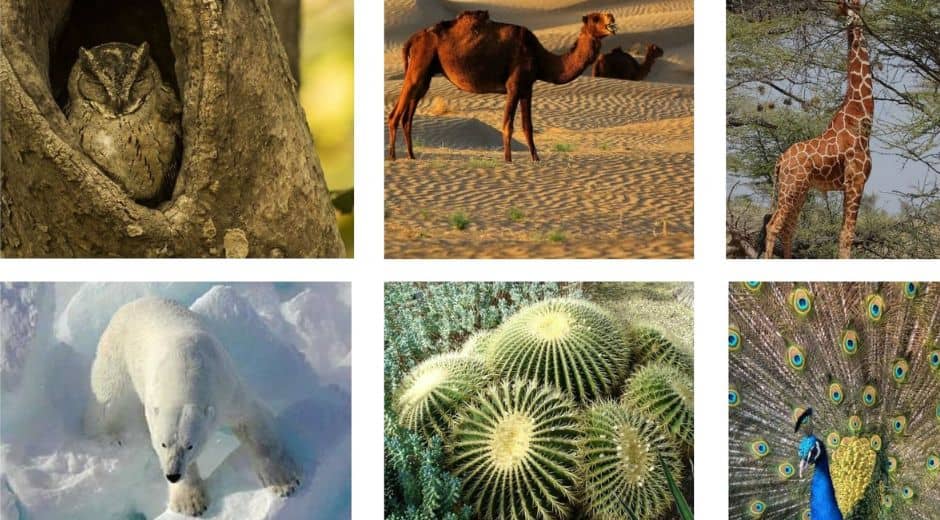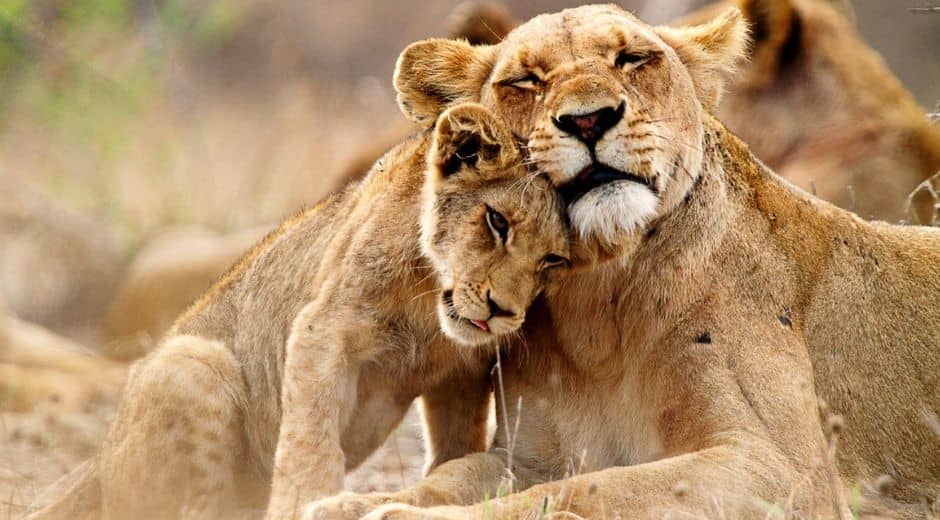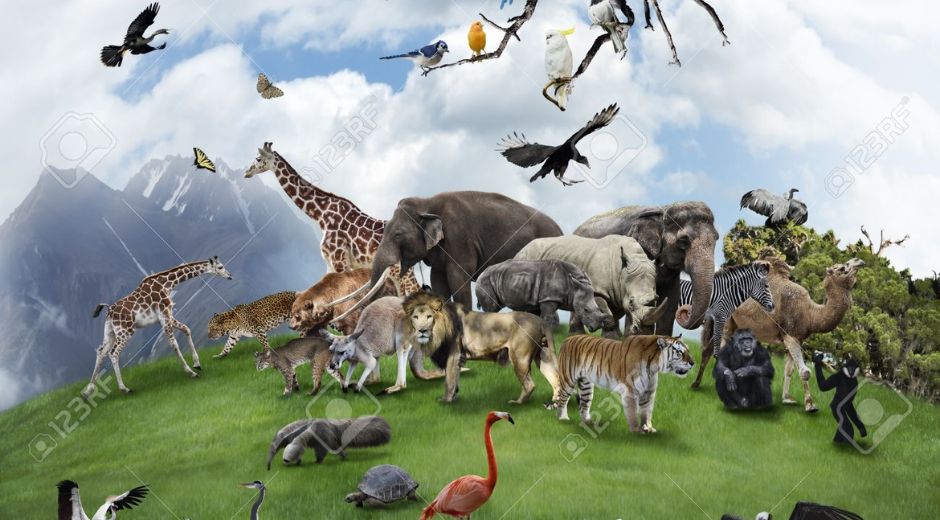8 Fascinating Animal Adaptations That Inspire Innovation
8 Fascinating Animal Adaptations That Inspire Innovation
Animals have evolved over millions of years to develop extraordinary adaptations that help them survive, thrive, and flourish in diverse environments. From the depths of the ocean to dense forests and arid deserts, these adaptations are incredible examples of nature’s ingenuity. Scientists, engineers, and designers often look to the natural world for inspiration, using animal traits to create new technologies, materials, and solutions for human challenges.
Understanding these animal adaptations not only deepens our appreciation of biodiversity but also opens doors to innovations that could benefit society. Here are eight fascinating examples of animal adaptations that have inspired human innovation.
1. Gecko Feet and Adhesive Technology
Geckos can climb smooth walls and ceilings thanks to microscopic hairs called setae on their feet. These hairs exploit van der Waals forces to create adhesion without any liquids or suction. Researchers have studied this animal adaptation to develop advanced adhesive materials for robotics, medical devices, and even space applications, offering a glimpse of how natural design outperforms many synthetic solutions.
2. Humpback Whale Fins and Aerodynamic Efficiency
Humpback whales have unique bumps, or tubercles, on the leading edge of their fins. This animal adaptation allows them to move through water with exceptional agility and reduced drag. Engineers have applied this concept to wind turbines and aircraft wing designs, improving efficiency and performance while reducing energy consumption.
3. Octopus Camouflage and Soft Robotics
Octopuses can change their skin color, texture, and pattern in milliseconds to blend into their surroundings. This animal adaptation has inspired soft robotics and adaptive materials capable of changing shape or color in response to environmental conditions. Such innovations have applications in medical devices, wearable technology, and defense industries.
4. Beetle Shells and Water Collection
Certain desert beetles survive in arid climates thanks to textured shells that collect water from fog. This animal adaptation has influenced the design of water-harvesting surfaces and sustainable hydration systems in dry regions. Researchers have applied these principles to develop devices that can capture and channel moisture efficiently, providing solutions in water-scarce environments.
5. Shark Skin and Antimicrobial Surfaces
Shark skin has microscopic patterns called dermal denticles that reduce drag in water and prevent bacterial growth. Scientists have studied this animal adaptation to design antimicrobial surfaces in hospitals and transportation, as well as improved swimwear and hull designs that reduce friction in water. The combination of efficiency and hygiene makes shark-inspired designs highly valuable.
6. Bird Wings and Aerodynamic Engineering
Birds’ wings have evolved to optimize lift, maneuverability, and energy efficiency. Engineers have studied the animal mechanics of wing shapes and flight patterns to improve airplane wings, drones, and wind turbines. These bio-inspired designs enhance performance, stability, and energy efficiency in human-engineered systems.
7. Tree Frog Toe Pads and Climbing Technology
Tree frogs have sticky toe pads that allow them to climb wet and slippery surfaces. This animal adaptation has inspired innovations in climbing robots, surgical adhesives, and even consumer products like gloves or shoes designed for enhanced grip in challenging environments. The combination of strength, flexibility, and adaptability makes this adaptation particularly valuable for engineering solutions.
8. Electric Eels and Bioelectric Energy
Electric eels can generate powerful electric shocks to stun prey or defend themselves. This animal adaptation has inspired research into bioelectric energy and electrical storage systems. Engineers are exploring ways to mimic this natural phenomenon to create sustainable energy solutions and improve battery efficiency. For more fascinating ideas about animal power and nature-inspired innovations, you can also check out SportSoulPulse, which highlights remarkable natural abilities and their modern applications.
Conclusion
These eight animal adaptations demonstrate the incredible ingenuity of nature and how much humans can learn from it. From geckos’ adhesive feet to electric eels’ bioelectric energy, each adaptation has inspired innovative technologies that improve our daily lives, advance science, and address environmental challenges.
Exploring the natural world and understanding these animal adaptations encourages creativity, sustainability, and innovation. For more insights, tips, and practical ways to integrate nature-inspired solutions into everyday life, visit Ecoglobalo, where we provide resources and strategies for living in harmony with the planet.
Climate change has direct and indirect impacts on human health. Heatwaves, floods, and poor air quality contribute to respiratory and cardiovascular diseases. Changes in climate also affect the spread of infectious diseases such as malaria and dengue. Addressing climate change helps protect public health while reducing environmental stressors.
Live Green Think Global

Using Earth Logic to Guide Sustainability
Using Earth Logic to Guide Sustainability

Eco Shift Actions That Inspire Global Change
Eco Shift Actions That Inspire Global Change

Planet Focus Strategies Making Real Impact
Planet Focus Strategies Making Real Impact









